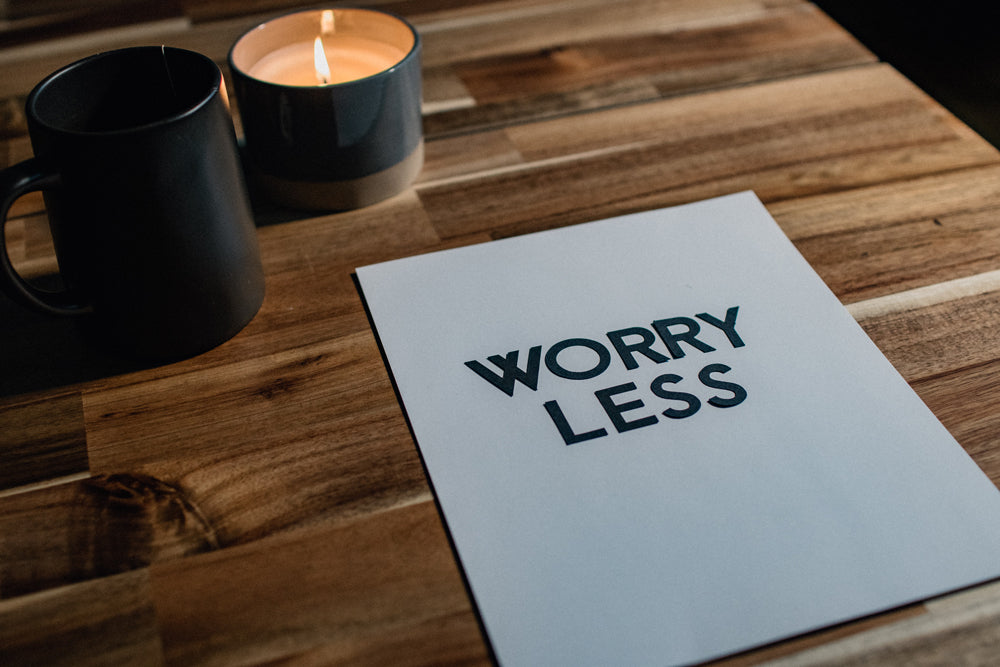If you’ve ever considered getting your industrial or daith pierced, you might have discussed your anatomy with your piercer. Some piercings are anatomy specific and require standard anatomical features for the piercing to be safely and correctly done. Many piercing consultations will begin with a check of your anatomy to make sure that the piercing you want is right for you.

So, if you’ve been wondering if bodily anatomy important in getting a piercing, the answer is yes! In some cases, your anatomy may keep you from a piercing you want.
Piercings Affected By Anatomy
There are several types of piercings that are considered anatomy specific that will depend on whether you have the anatomical features necessary to make the piercing safe. Listed below are a few piercings that may be affected by the shape and size of your body part.
- Industrial
- Daith
- Rook
- Septum
- Labret
- Navel
In the case of cartilage piercings like the industrial, daith, and rook, the shape of your ear and whether you have a prominent cartilage ridge will affect whether your piercing can be safely done without the risk of rejection.
--
Important Anatomy Factors to Consider
As you prepare to get your next piercing, you should consult your piercer in advance if you find that you have particularly petite or unique features that may affect how your piercing is placed. There are two important details about your anatomy that will affect whether you can get some piercings.
Shape
A major factor when it comes to anatomy and piercing is the shape of your body. For example, the shape of your inner ear cartilage can dictate whether you can get an industrial piercing. If your inner ear cartilage is too high, it could rub against your jewelry or make it impossible to pierce the outer cartilage ridge of your ear in a straight line.
Another example are navel piercings, where a prominent upper ridge on the belly button offers the most space for placement and healing. A poorly placed piercing can have a slower heal time and remain irritated or even reject so it’s important to make sure that the shape of your body part and the piercing complement one another.
Size
An example of a size issue that might come up when you get a piercing can occur with a daith piercing because the size of the cartilage in that area dictates if you can get this piercing. If the cartilage does not stick out far enough the piercing will sit too close to the edge, may not heal properly, and is more likely to reject.
At the end of the day, it’s important to remember that your body is perfect the way it is whether your anatomy is right for every piercing or not. Plus, there are always other piercings!






